What Is A Class ‘A’ Air Gap?
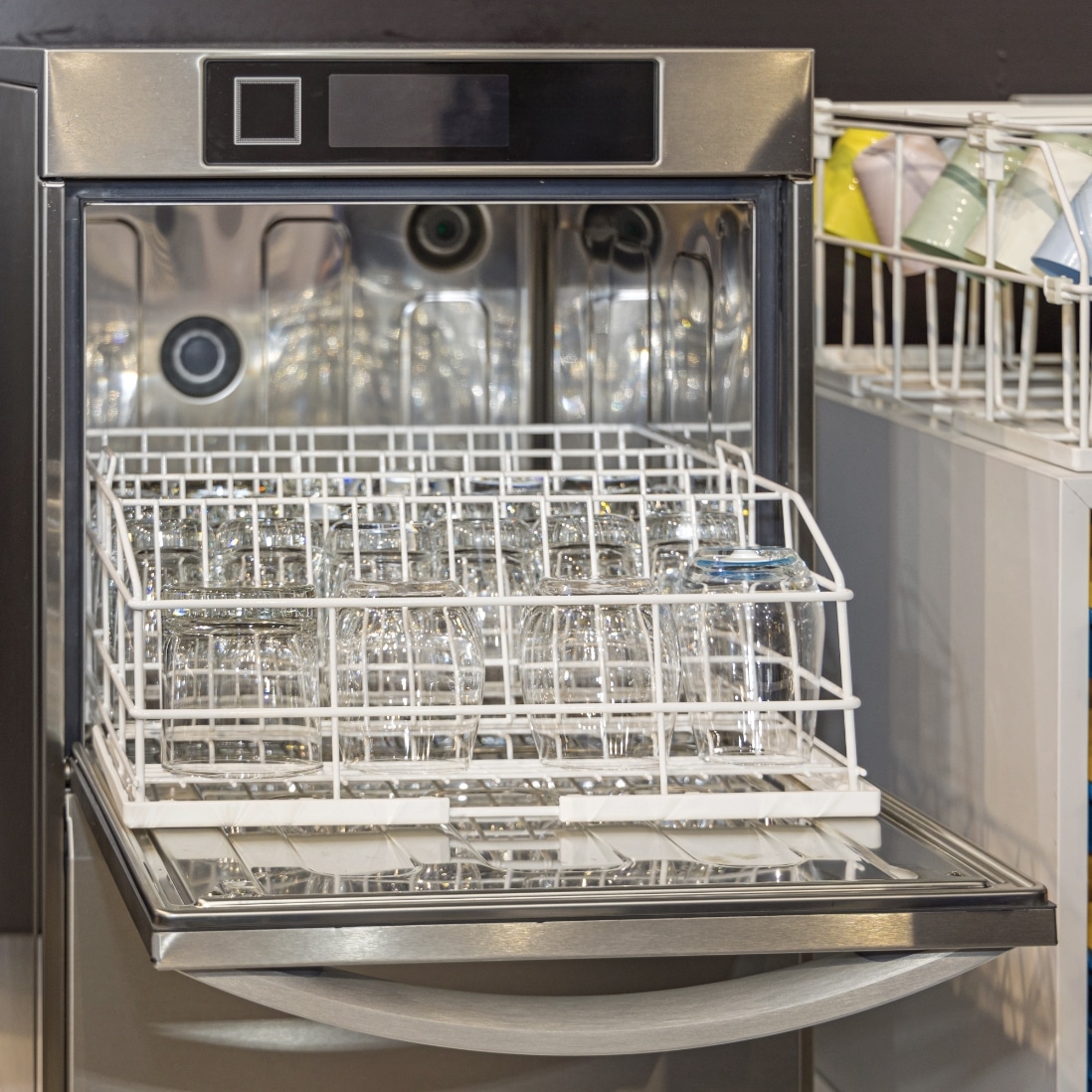
A commercial warewasher is an essential part of your team.
With high traffic and quick turnarounds, you need a dishwasher and glasswasher you can rely on. But what can you do when cutlery and dishes come out dirty due to contaminated water within your washer? Enter the Class ‘A’ Air Gap.
What is a Class ‘A’ Air Gap?
A Class ‘A’ Air Gap, also known as a Break Tank, is a small part fitted to your commercial dishwasher or glasswasher to stop used water siphoning from your unit back into the mains water. Ensuring your wash cycle is using clean water every time. They also stop dirty sink water from entering your warewasher unit if the drain becomes blocked. For kitchens with low water pressures, your Air Gap may also require a Rinse Booster Pump to help the efficiency of your Air Gap.
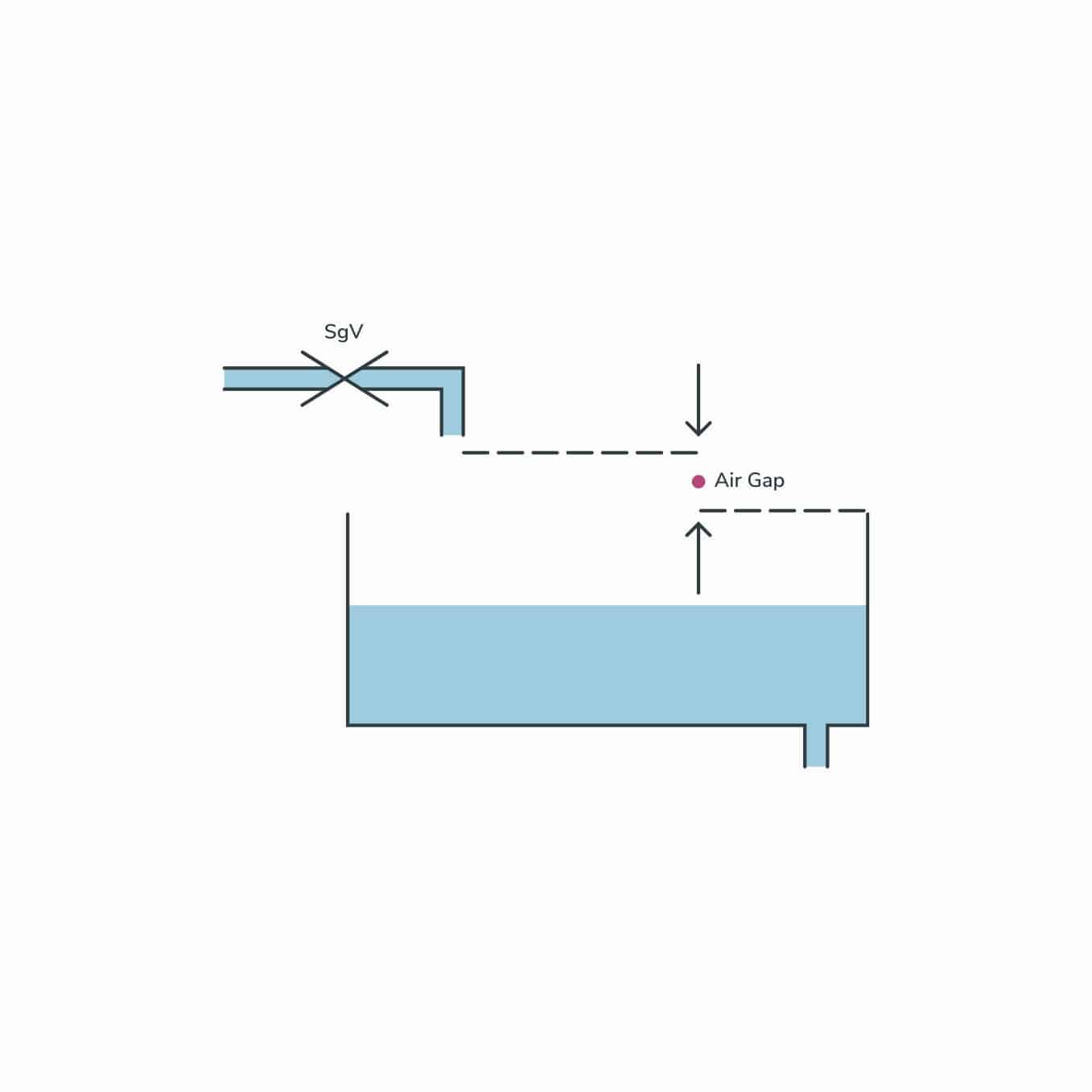
How Does a Dishwasher Air Gap Work?
A dishwasher Air Gap is essential to clean and sanitise its contents as well as help extend your unit’s lifespan. An Air Gap is usually a cylinder-shaped part which helps direct contaminated water from your warewasher to the drain.
It sits between two hoses: one which connects to the unit and one which connects to the drain and creates an unpressurised gap between them to prevent cross-contamination of dirty water. Providing reassurance that each wash cycle is using clean water and all dirty water is removed correctly.
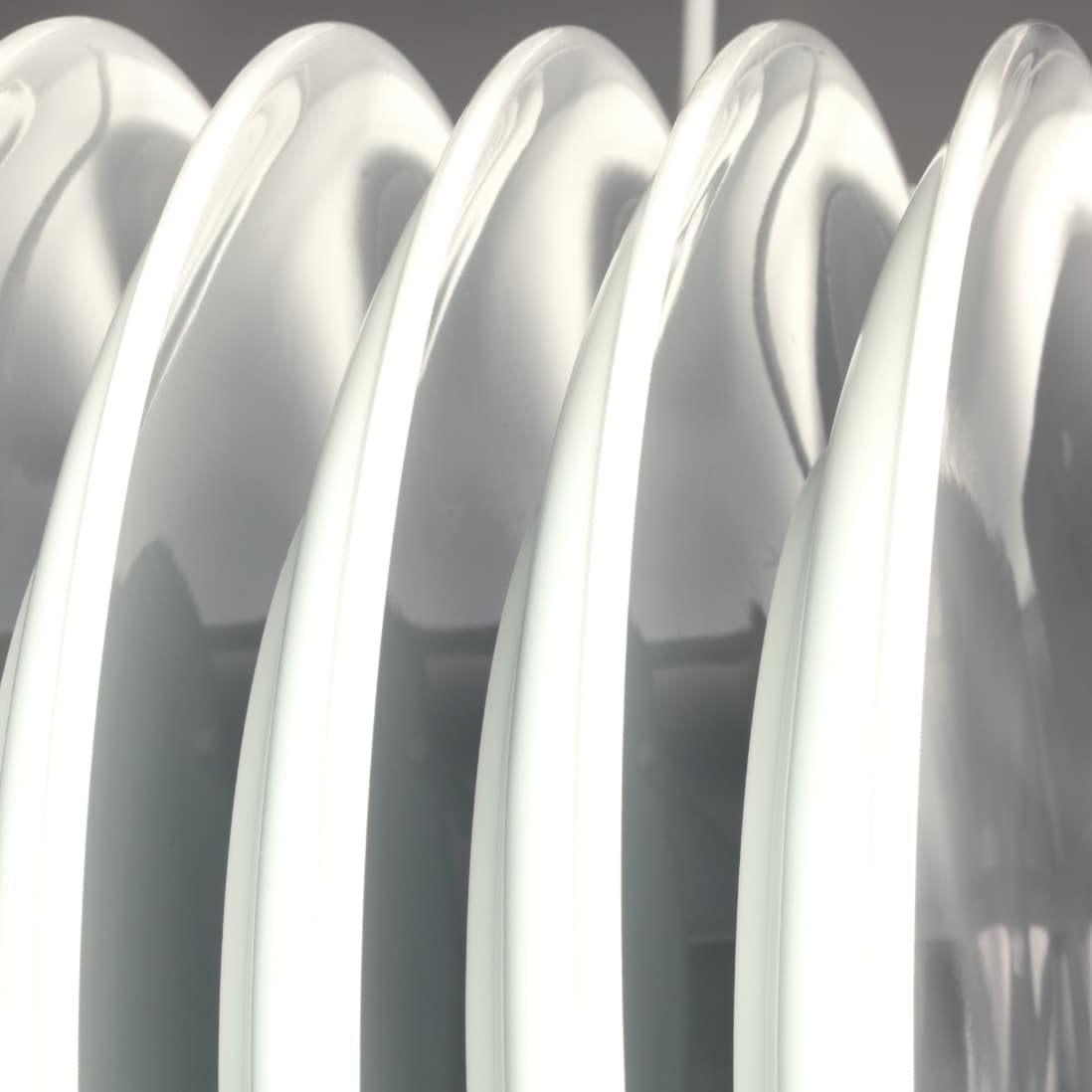
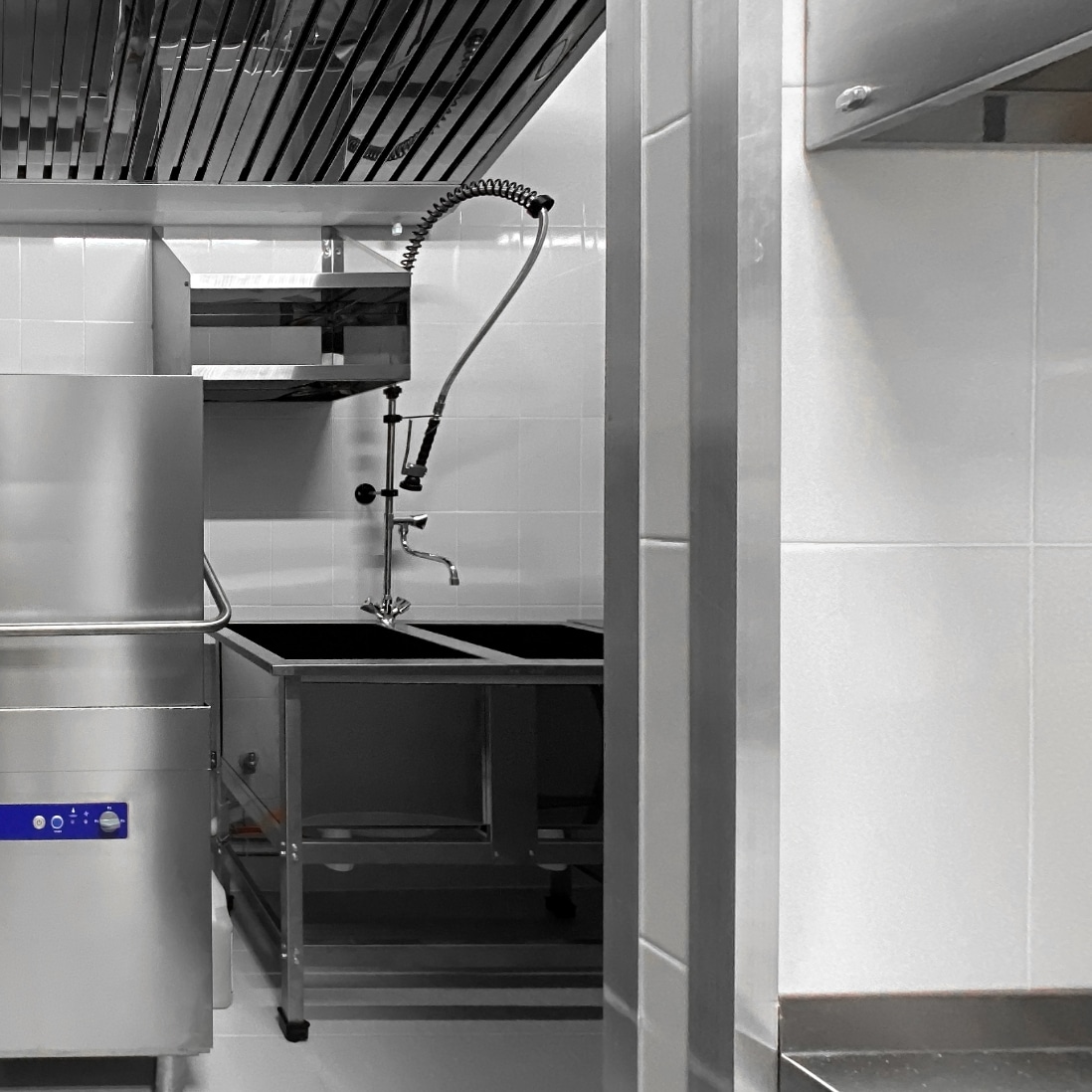
Are Class ‘A’ Air Gaps a Legal Requirement?
If your dishwasher is located within your food prep area or commercial kitchen, it is a legal requirement for the unit to be fitted with a Class ‘A’ Air Gap. Some commercial warewasher units are fitted with a Double Check Valve instead of an Air Gap which, although avoids water contamination, is not accepted by local authorities.
Do All Commercial Dishwashers Have An Air Gap?
Not all commercial dishwashers are fitted with a Class ‘A’ Air Gap as standard. However, as we previously mentioned, an Air Gap is a legal requirement for dishwashers within commercial kitchens and we, therefore, recommend checking the dishwasher’s specification before purchasing. If you already have a dishwasher without an Air Gap, or the model you want doesn’t have one, you can install a Break Tank separately to the unit.
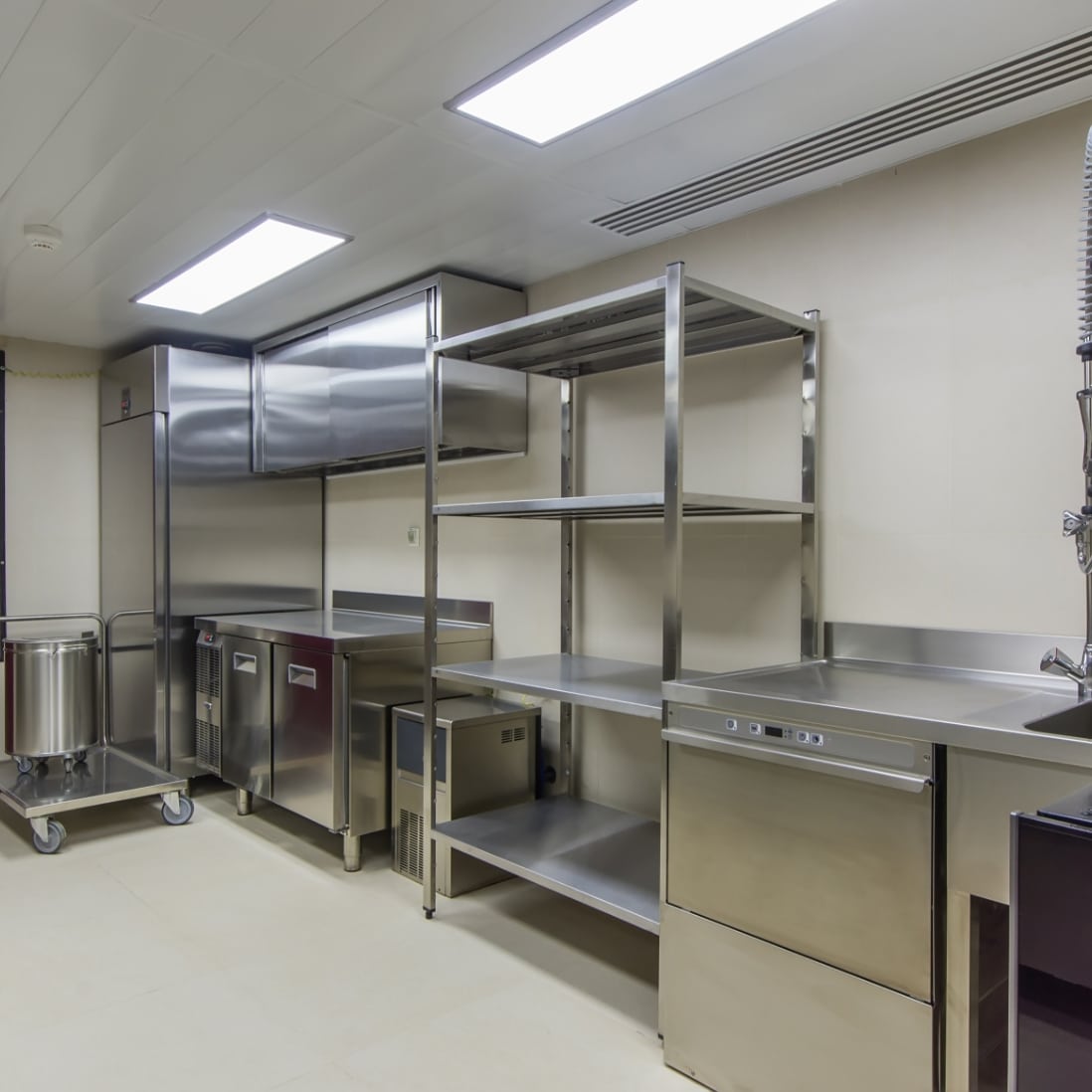
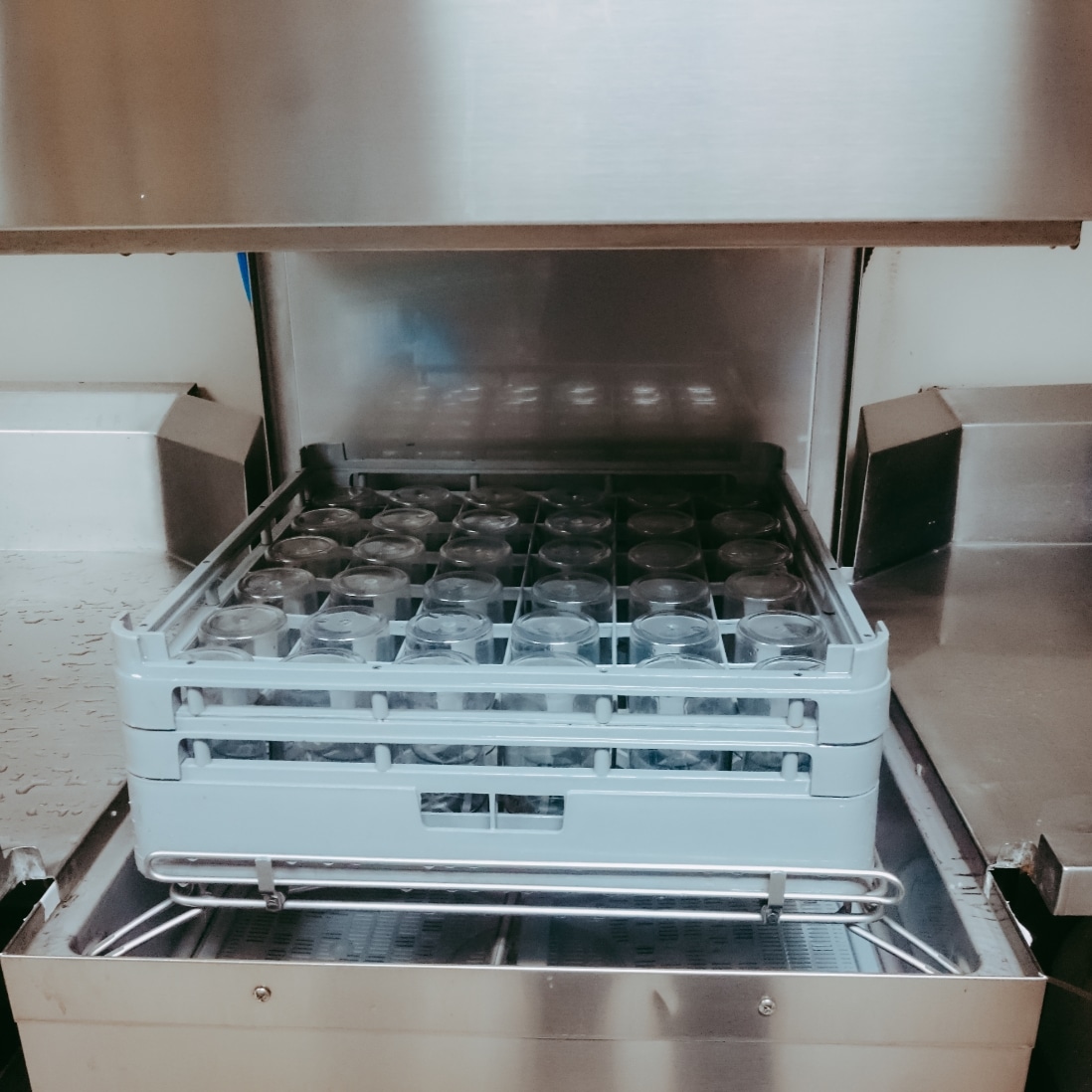
Do Commercial Glasswashers Need a Class ‘A’ Air Gap?
As we write this article, it is currently not a legal requirement for commercial glasswashers to be fitted with a Class ‘A’ Air Gap. However, some manufacturers have started to include them as standard. These can only be seen as a benefit; preventing water contamination whilst prolonging your unit’s life expectancy. If you notice your glasswasher is holding dirty water or items are not as clean as they should be, we recommend fitting a Double Check Value or speaking to an expert to see if an Air Gap would be worthwhile.
What Is The Difference Between An Air Gap And Drain Pump?
Although they may sound similar, they both have different responsibilities when it comes to your commercial warewashers. As we said, an Air Gap prevents used water from siphoning back into your unit and contaminating the mains water.
A Drain Pump helps warewashers effectively move dirty water from the unit to the waste pipe. Especially for units where the water outlet is below the drain level; a drain pump will push dirty water up against gravity to drain it away.
Our article on the importance of drain pumps can tell you more.
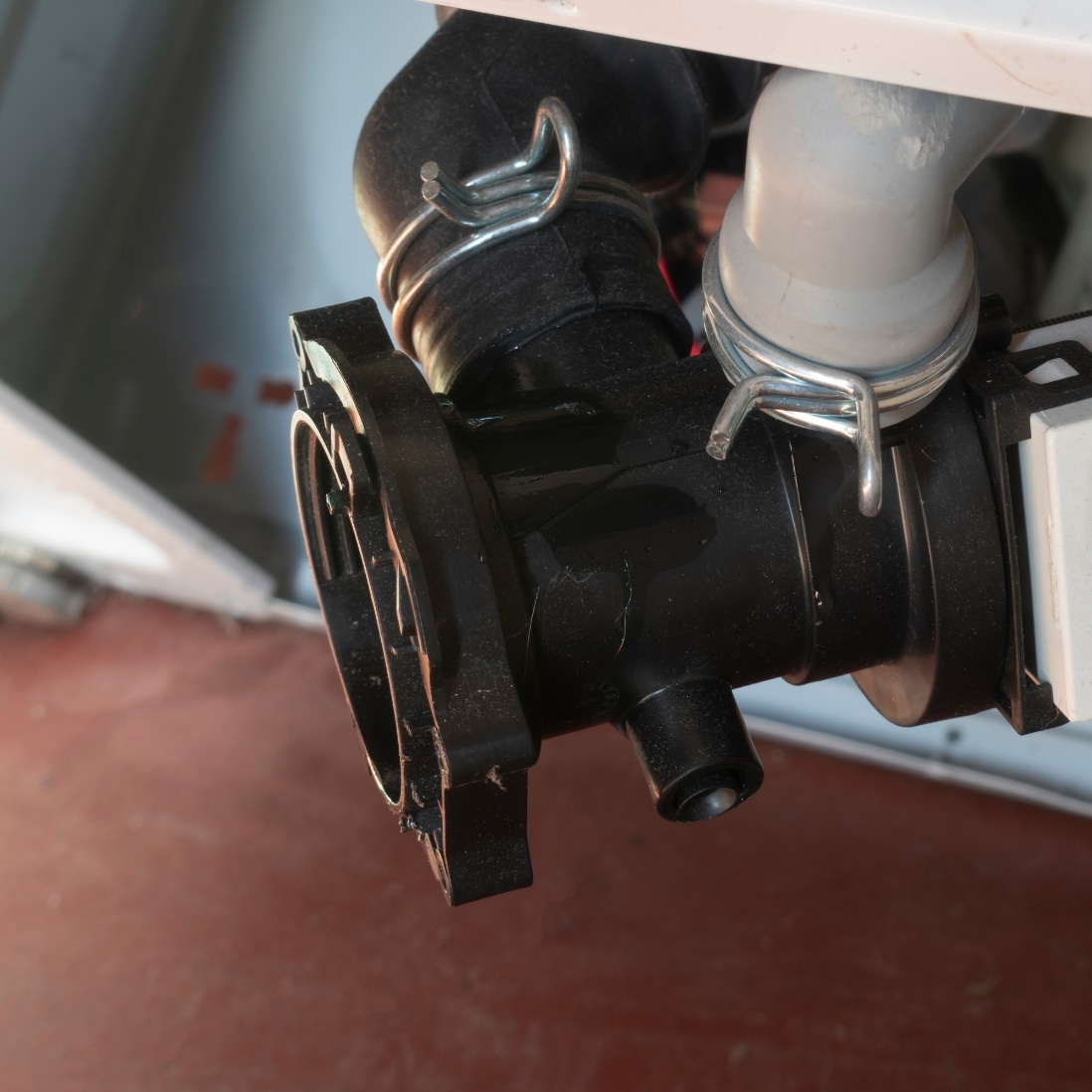
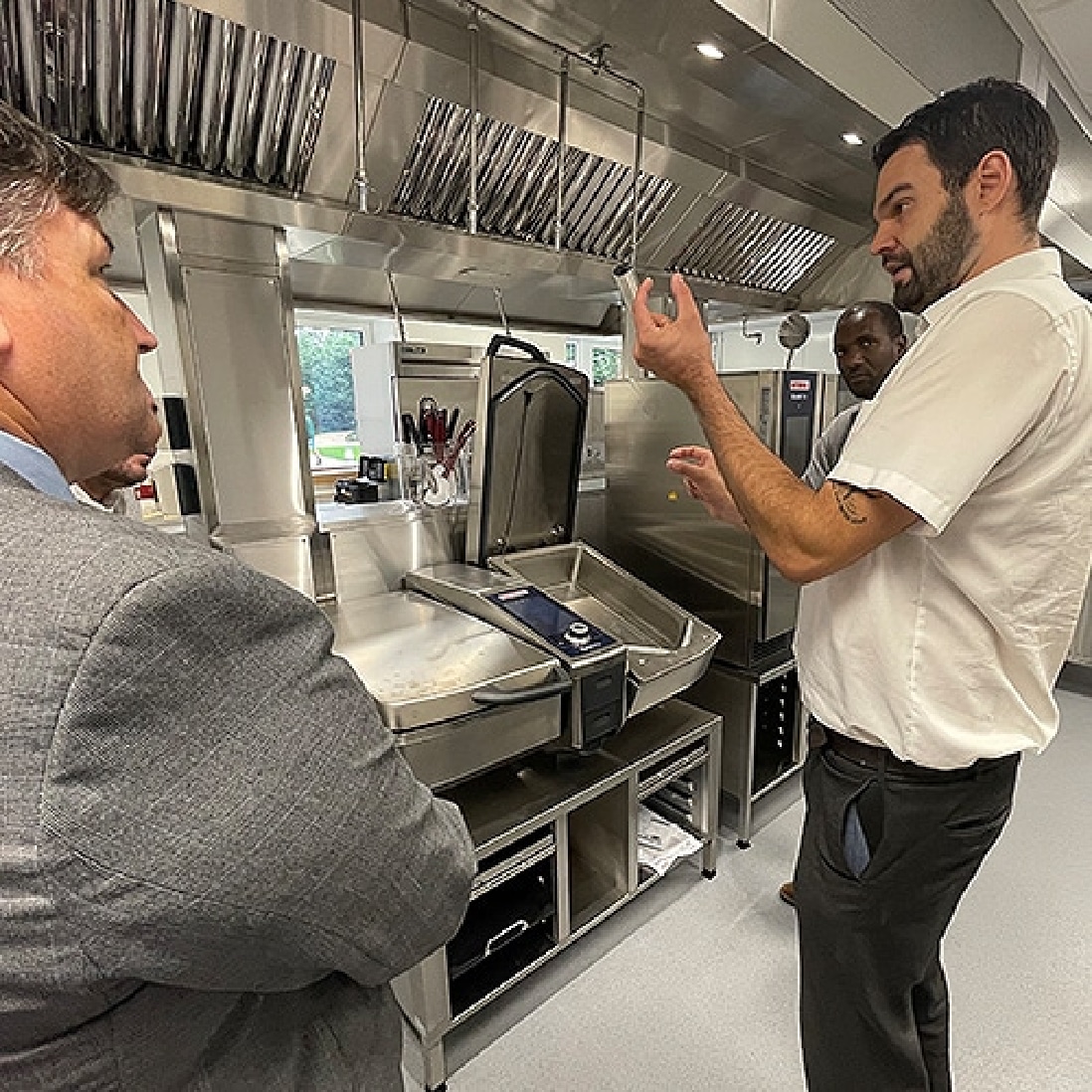
Ask the experts
If you notice your warewasher retaining water after each wash or items are not cleaning properly, you may need to install or service your drain pump. Speak to our technicians for expert advice on how to get the most from your commercial warewasher and drain pump.

Share This: